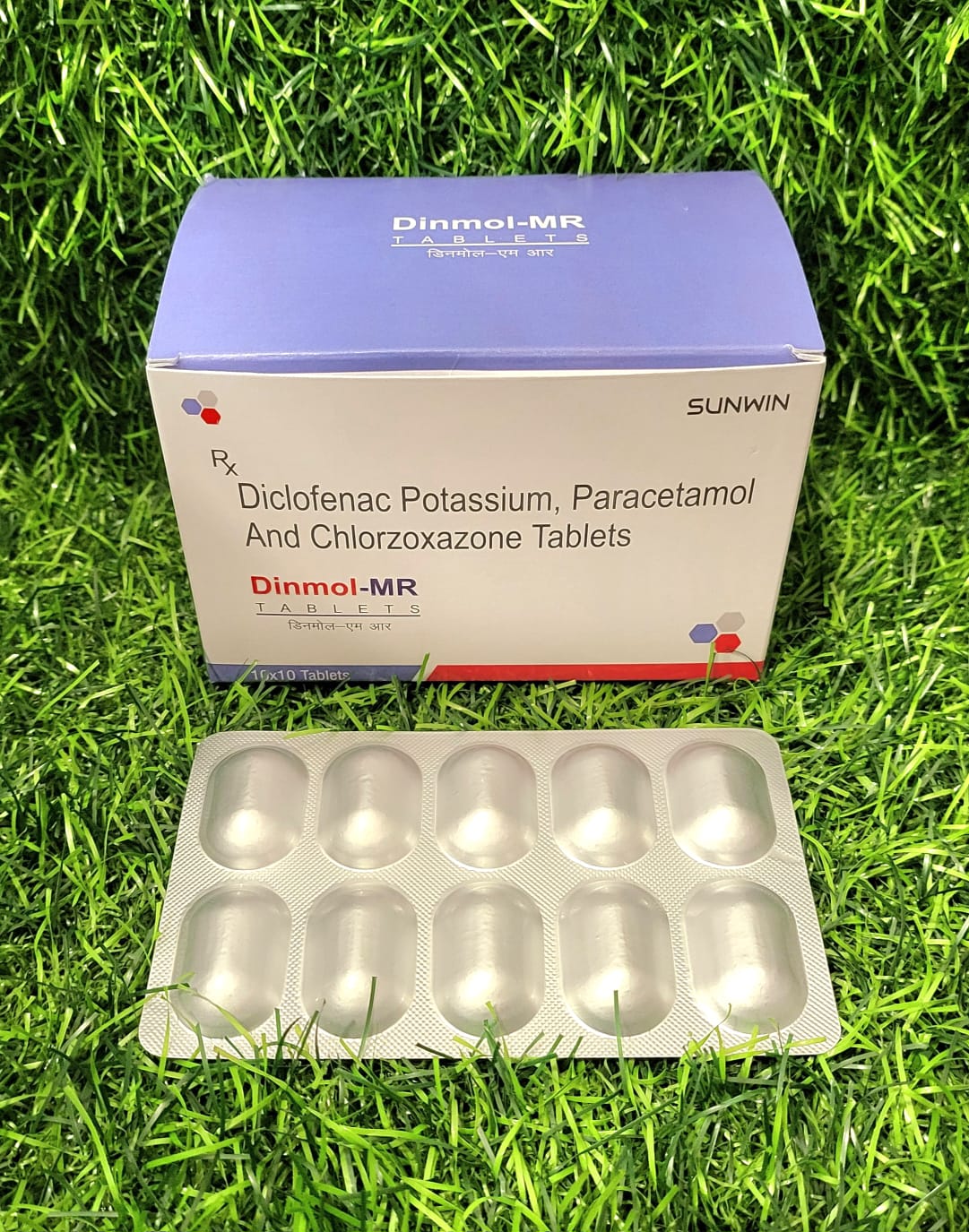Composition:-
Nimodipine Injection
Uses:-
Nimodipine injection is a medication primarily used to prevent and treat certain brain conditions related to blood vessel problems. Here are its main uses:
- Subarachnoid Hemorrhage (SAH): Nimodipine is commonly used to prevent and manage cerebral vasospasm, a dangerous complication that can occur after a subarachnoid hemorrhage (bleeding in the space around the brain). It helps to improve blood flow to the brain and reduce the risk of delayed ischemic deficits.
- Cerebral Vasospasm: This medication is specifically used to prevent or relieve the narrowing of blood vessels in the brain (vasospasm) following SAH, which can lead to reduced blood flow and further neurological damage.
- Ischemic Stroke: Nimodipine may be used in some cases to manage certain types of ischemic stroke, particularly those caused by vasospasm or poor blood flow to the brain.
Side Effects:-
While nimodipine is generally well-tolerated, it may cause some side effects in some individuals. Common side effects include:
- Low Blood Pressure: Nimodipine can cause a drop in blood pressure, leading to symptoms such as dizziness, lightheadedness, or fainting, especially when standing up quickly.
- Flushing: Some people may experience flushing or warmth in the face or neck shortly after receiving nimodipine injection.
- Headache: Headaches are a common side effect of nimodipine treatment, but they are usually mild and temporary.
- Nausea and Vomiting: Nimodipine may cause gastrointestinal symptoms such as nausea, vomiting, or stomach upset in some individuals.
- Dizziness: Dizziness or vertigo may occur, especially at the beginning of treatment or with changes in dosage.
- Fatigue: Some people may experience fatigue or tiredness while taking nimodipine.
- Edema: Swelling of the ankles or feet (peripheral edema) may occur in some individuals.
Indication:-
Nimodipine injection is indicated for the prevention and treatment of cerebral vasospasm following subarachnoid hemorrhage. It helps improve blood flow to the brain by relaxing and dilating blood vessels, thereby reducing the risk of neurological complications associated with SAH. Nimodipine is administered intravenously under medical supervision and is typically initiated as soon as possible after the onset of subarachnoid hemorrhage for optimal efficacy. It should be used as prescribed by a healthcare professional.

